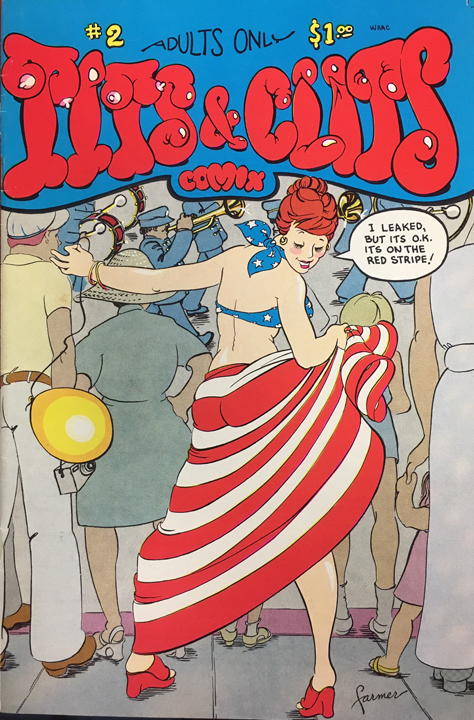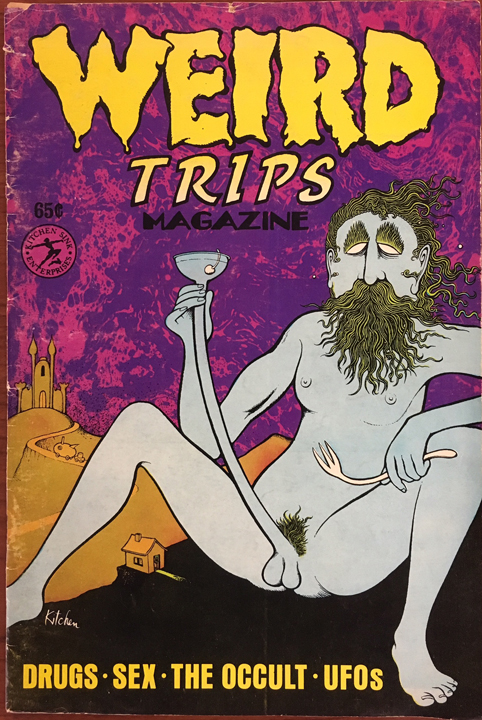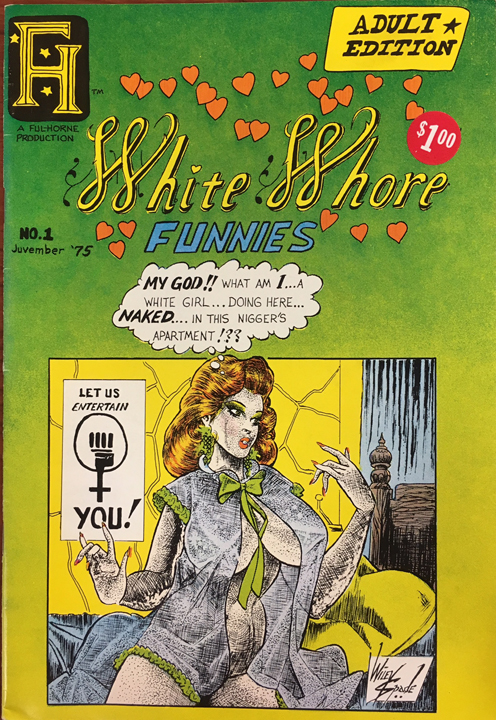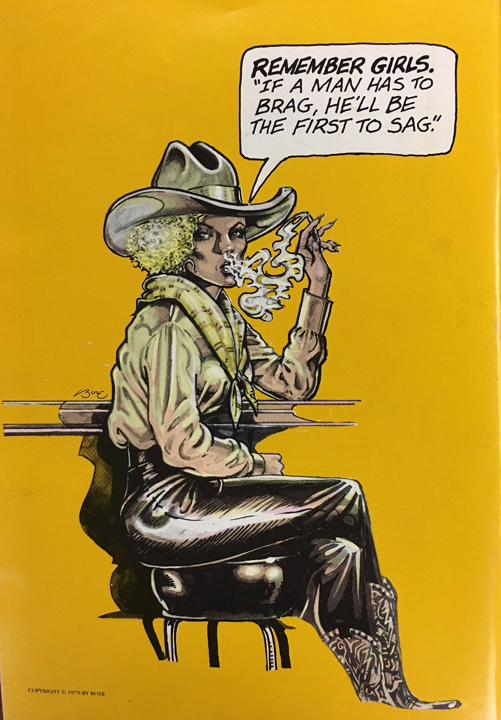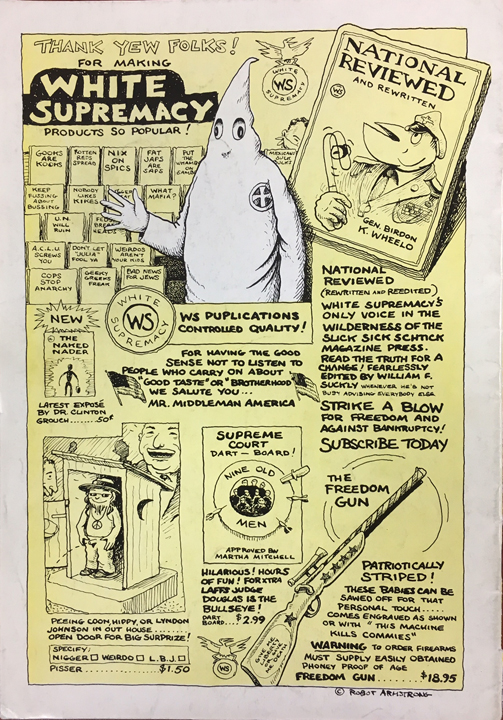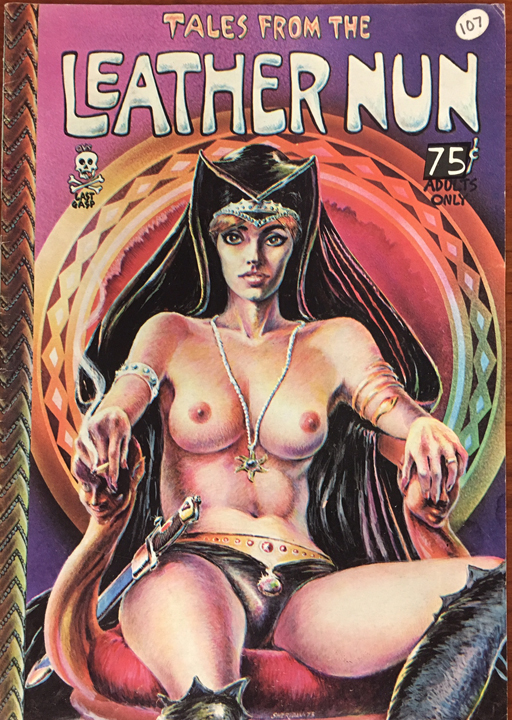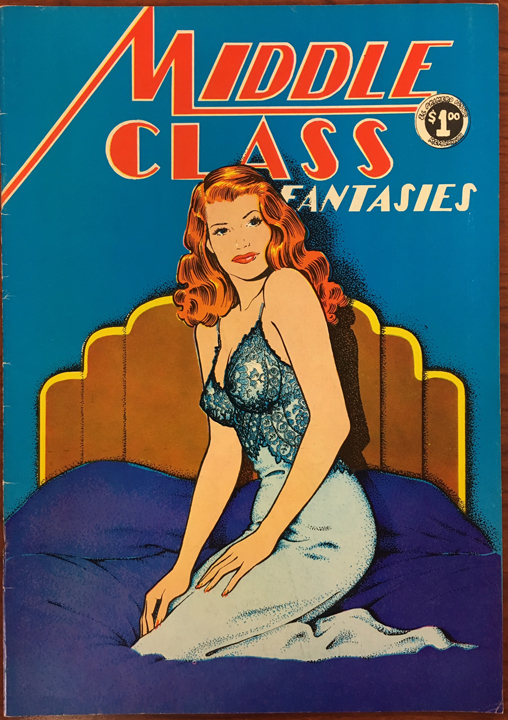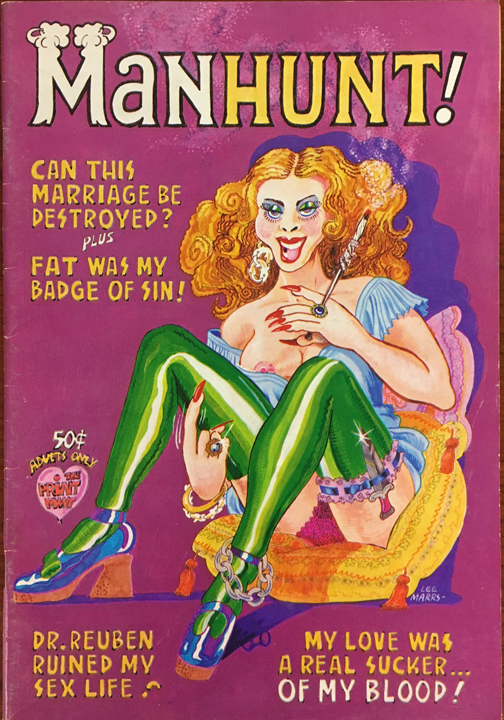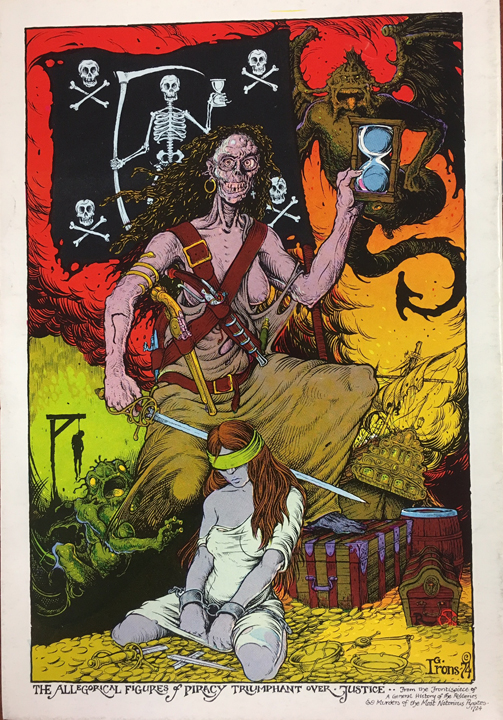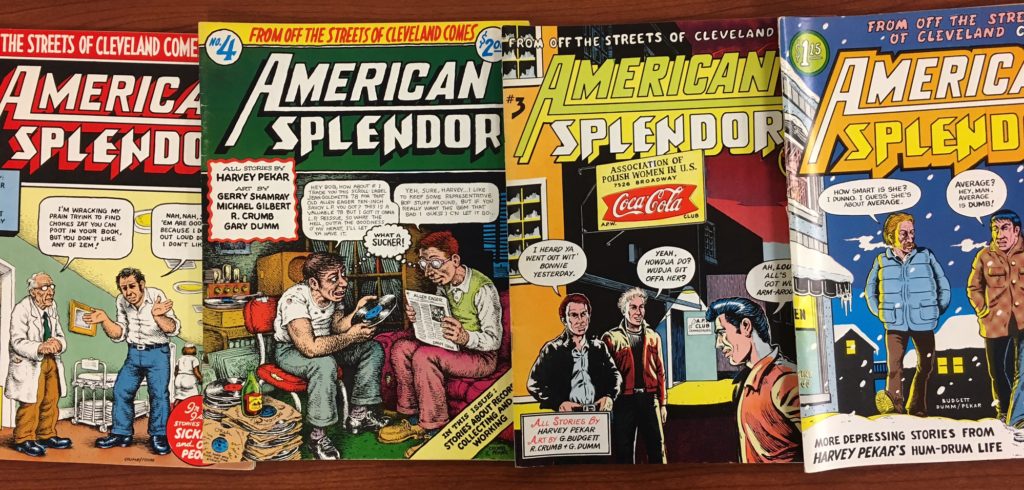The Graphic Underground (Director’s Cut)
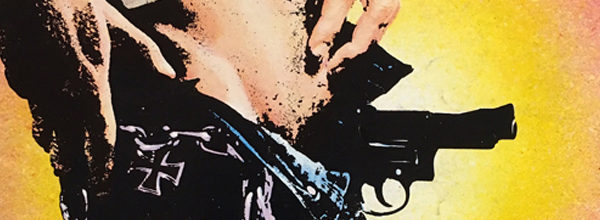
All images courtesy of the Contemporary Culture Collection of the Special Collections Research Center at Temple University.
Recently, I was invited to participate at a Temple University conference devoted to the influence of comix in the liberal arts. Not only was I asked to be on a panel (blush) but I was also invited to curate a special exhibition in conjunction with the conference showcasing the underground comix and zine collection from the Temple University Special Collections Research Center.
Including underground comix, historic etchings, and handmade zines, the exhibition features work from Crumb, Green Grass, Pekar, Robbins, Spain, Marrs, Ditko, and Jaxon. Part lampoon and part self-portrait, the Graphic Underground highlights the significant pieces in the archive while also showcasing the diverse scope of the collection. Special consideration was given to work that focused on issues of personal freedom, censorship, and different representations of identity.
As I discovered, much of the collection included work from the 1970s-80s which featured a lot of dangling dongs and buoyant bosoms. As the exhibition is in a public space, a certain degree of editing was required so as to not offend or stir up controversy. The irony of which did not escape me.
While discussing the cognitive dissonance of curating an exhibition about censorship, while maneuvering around censors, with one of the librarians at the Special Collections Research Center she suggested adding an empty frame with explanatory caption for the art that could not be seen due to it’s content. Happily, the web serves as a suitable alternative space to share the more salacious and provocative images from the archive that could not be included in a public space on a college campus.
Here’s a sample of some of the the more jarring images I found:
After pouring through more than a dozen boxes of comix over the course of three visits to theSpecial Collections Research Center I was able to recognize a few general qualities about the collection:
Large Queer Representation
There were a lot of queer images that I wanted to use in the show but were just a tad too far over the line, like this great cover:

Additionally, the collection includes what looks like the entire run of HotHead Paisain: Lesbian terrorist, a couple issues of Gay Comix, Gay Heart Throbs, and Deviant Slice.
There are lots of “L & G” representation in the collection. However, I didn’t notice much representation on the “B & T” front.
Instead, I found a lot of Furry related porn and white- hetero-male fantasy. Nevertheless, anyone looking to dive deeper than Bechdel has plenty to find here.
Large Crumb Collection
 Philly native and comic book legend, Robert Crumb is nicely represented in the collection. Multiple issues of Zap as well as Arcade: The Comic Revue, Aline and Bob’s Dirty Laundry, and Big Ass Comics are in the collection. I immediately wanted to go back and watch the documentary Crumb after seeing his work in the raunchy flesh. I also had to chuckle at the reality of reading comix smut in a university library. This awesome back cover from Crumb (right) never stood a chance to be included in the exhibition.
Philly native and comic book legend, Robert Crumb is nicely represented in the collection. Multiple issues of Zap as well as Arcade: The Comic Revue, Aline and Bob’s Dirty Laundry, and Big Ass Comics are in the collection. I immediately wanted to go back and watch the documentary Crumb after seeing his work in the raunchy flesh. I also had to chuckle at the reality of reading comix smut in a university library. This awesome back cover from Crumb (right) never stood a chance to be included in the exhibition.
Solid Representation of Activist Comics
 From anti-war comix to stories about class warfare, animal rights, union rights, and a comic about grand juries that includes a portion of the Constitution, there are lots of political point of views represented. Most lean Left, due to the era-focus of the collection (see the next point). It would be nice to include some small press bible comics or other examples beyond Ditko’s Randian Hero, Mr. A., so that a balance of political views are represented. I shudder to think of juxtaposing contemporary Right-wing political cartoons with some of the work in this collection. In essence, a culture war through sequential art
From anti-war comix to stories about class warfare, animal rights, union rights, and a comic about grand juries that includes a portion of the Constitution, there are lots of political point of views represented. Most lean Left, due to the era-focus of the collection (see the next point). It would be nice to include some small press bible comics or other examples beyond Ditko’s Randian Hero, Mr. A., so that a balance of political views are represented. I shudder to think of juxtaposing contemporary Right-wing political cartoons with some of the work in this collection. In essence, a culture war through sequential art
Predominate Focus on American 1970s-1980s Underground Comix
Strong representation of work published by Last Gasp, Kitchen Sink, and The Print Mint, three of the main publishers of underground comix found in head shops across the country in the 1970s and 1980s. Before the Internet, this was where the subcultures of American society told their stories. The collection includes a who’s who associated with this era. I was saddened to notice that in the effort to catalogue the collection some comics had a “CCC” penciled on the covers.
I was overjoyed however, to discover the first five issues of Harvey’s American Splendor while digging through the boxes of comix. I had never actually held one of the originals in my hands and it was amazing to finally read issue one which was born the same year as me. Truth be told I got a bit Vklempt. I thought it was cool that two Philly boys helped usher Harvey through his comix life.
The Contemporary Culture Collection’s archive of underground comix is an excellent resource and fascinating stroll down counter culture lane. Anyone interested in tapping into the angst and creative zenith of Haight-Ashbury can get a direct line by checking out these comix. There’s also plenty of diversity of voices within the collection.
Some gaps in the archive that could be remedied by future acquisitions include work from the last 20 years as well as samples beyond the USA and UK. With any luck, increased interest in this collection will foster its growth while also inspiring students at Temple to discover the comix gems in their own backyard.
